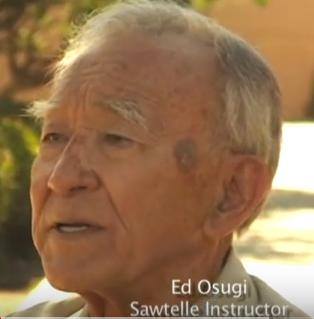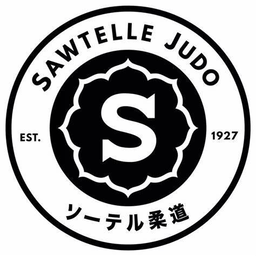When I first got into Judo, it was considered a true martial art from Japan and was not even thought of as a sport. At this time, and in the area that I grew up, the Sensei’s who taught Judo were all from Japan and therefore the language that they used to convey techniques (was) in Japanese. Consequently, the devotees, students or Judokas, however that you would like to call them, were predominantly of Japanese extraction. It was also a common practice among the Japanese families who lived in the rural farming areas that the boys would learn some form of martial art and the girls would learn the classical Japanese art form for girls such as flower arrangement or Japanese Dance or Tea Ceremony, etc.
It was thus that I had to sacrifice some of my precious playtime to enter into this strange world of Japanese martial arts. As I progressed, I slowly came to realize that judo is not just learning to fall, throw, and get thrown or whatever else that can be seen. This is the simple part of Judo. Judo has taught me that one is not alone in this world, and in order to survive, one must give as well as take.
You learn from your predecessors, from your peers, and yes, even from your subordinates. One must not only be grateful for the learning experience, which really is a never-ending process, but be ready to pass on his expertise to others, willingly, to the benefit of others who ask for it. “JITA KYO-EI” is one of the two most important mottoes that we, in Judo, follow. It means, “You scratch my back and I’ll scratch your back and we’ll both be happy for it.” The experienced will teach the inexperienced and in this way, both will benefit and improve themselves.
In 1964, Judo was accepted by the Olympic Committee on a trial basis, and has since then received permanent status as an Olympic sport. This, I believe, was the turning point for Judo. This is when it turned a form of martial art into a sport. This is when “To win” became the most important priority in Judo. When Judo was still a martial art, to win in competition was important, but it was not the most important commodity. It was how one achieved victory. It was victory with honor. It was a victory achieved through superior execution of techniques or physical endurance.
Today, this has changed. Today, victory is achieved through one-upmanship. The need for superior execution of techniques and physical endurance has not changed, but what has changed is the attitude or thinking of what superior techniques mean. It seems that today, this means that is okay to put your opponent’s body in jeopardy in order to achieve success, because a lot of the techniques I see used today can cause injuries. The prevalent use of arm-bar techniques are not only encouraged, but are used indiscriminately. Before Judo became a sport, arm-bars could not be used by a black belt against a brown belt, and rarely would he use the choke hold against a brown belt, because of the disparity in rank and expertise. Today, it is winning at all cost, without a thought given to the well-being or future or your opponent.
“Quo Vadis” is Latin for “Whither goest thou?” or “Where are you going?”(Article reproduced from Sawtelle Judo News, April, 1996, p.1-2) by the late Ed Osugi, Rokudan



Leave a Reply